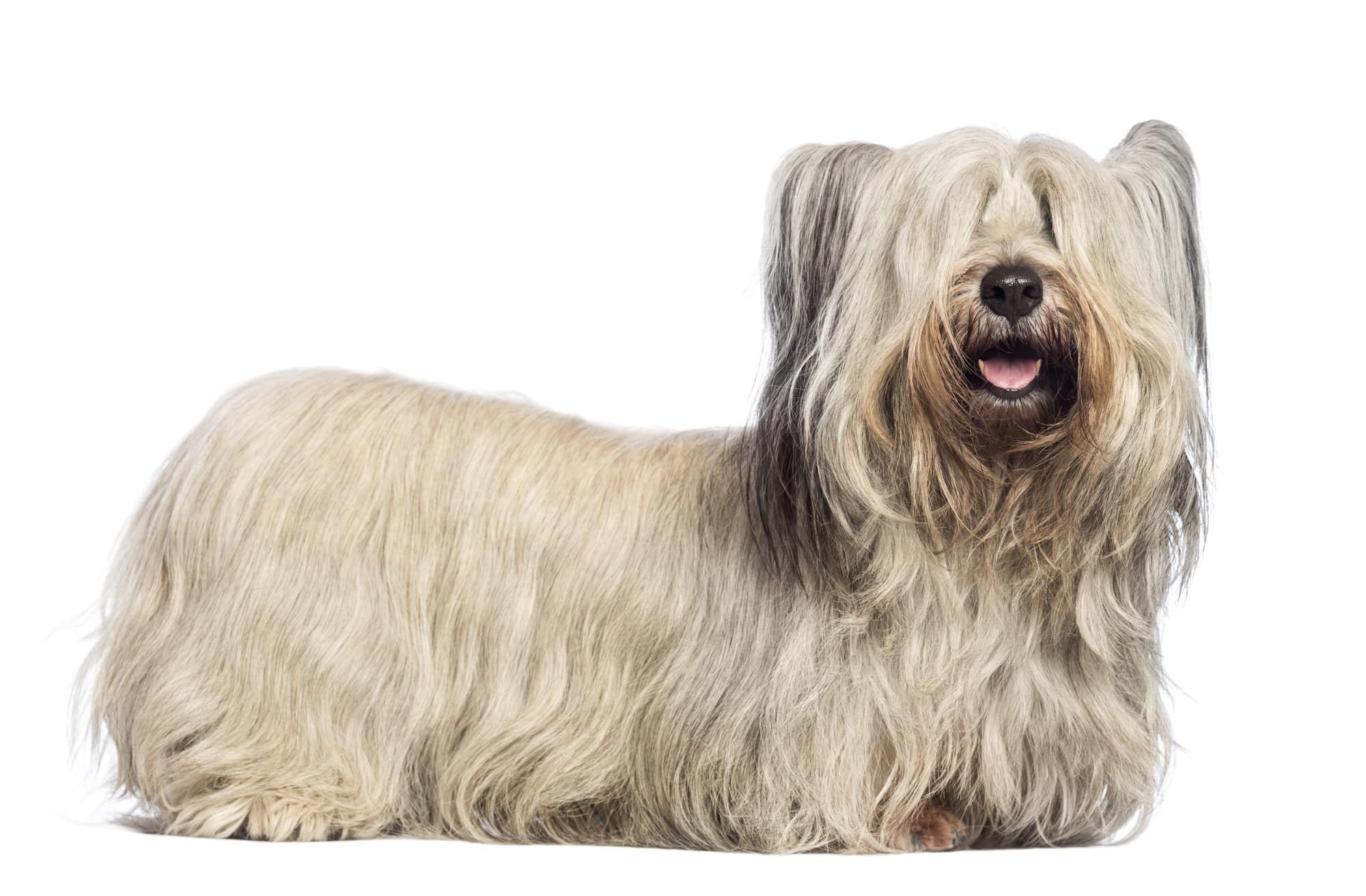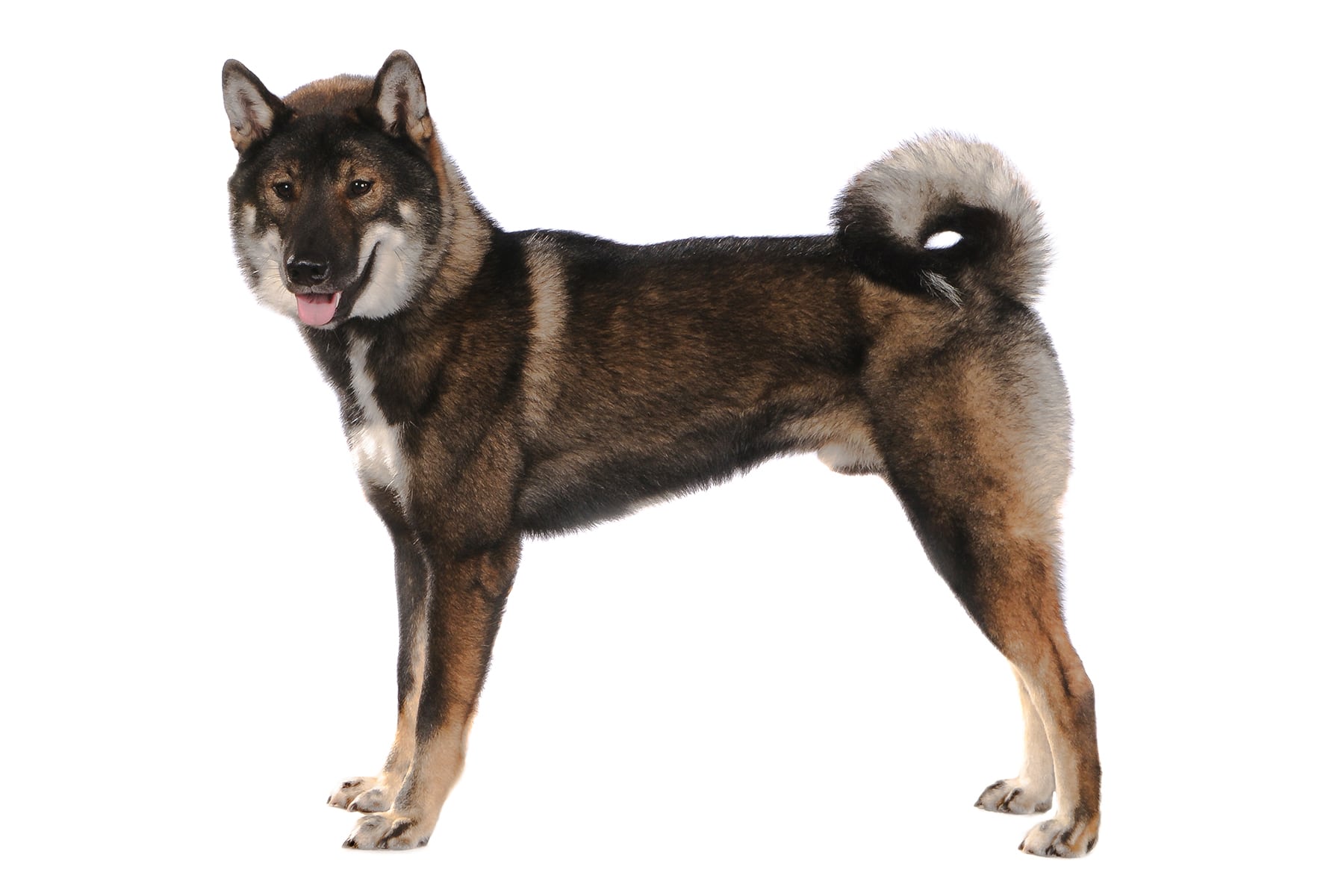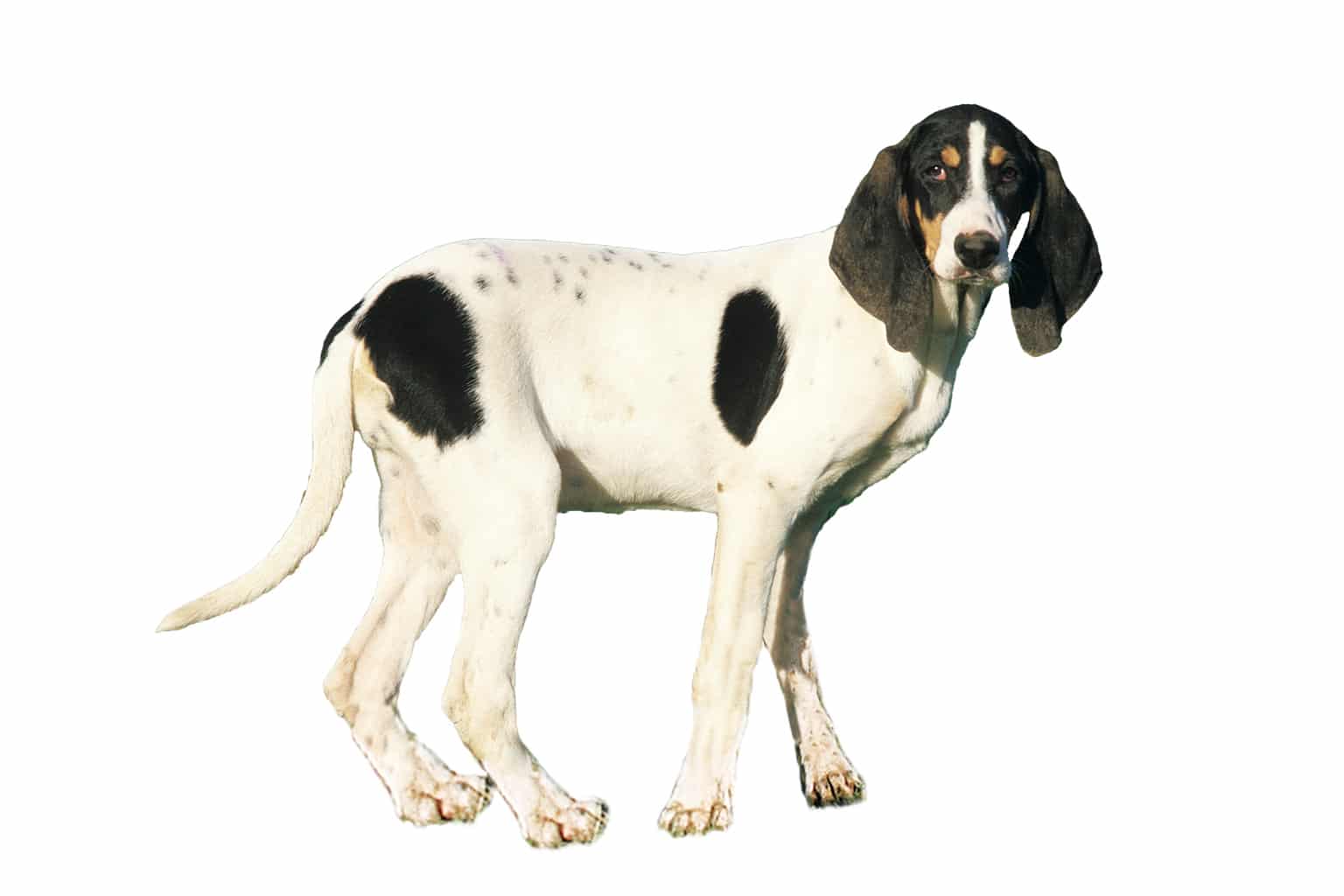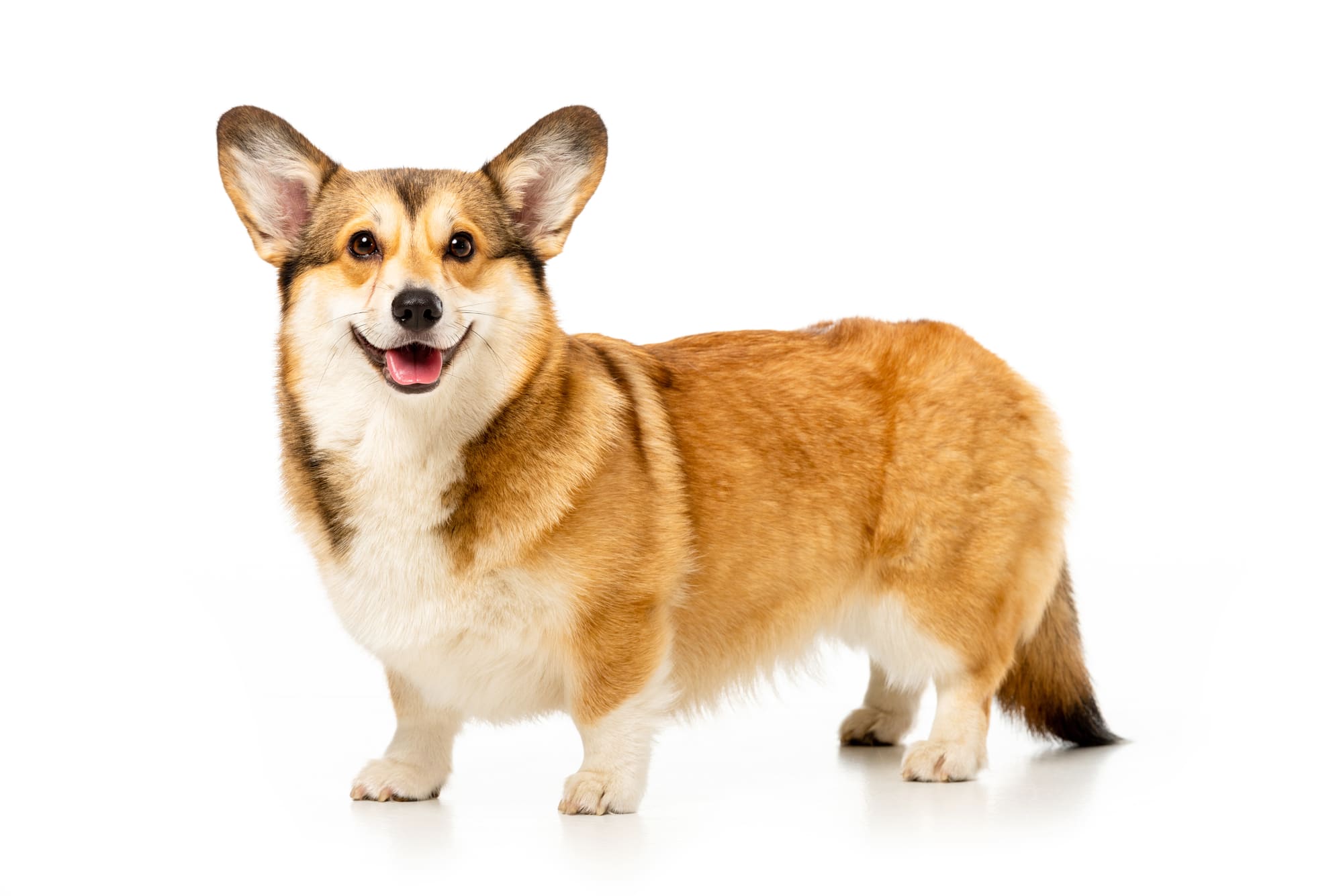Peruvian Hairless Dog
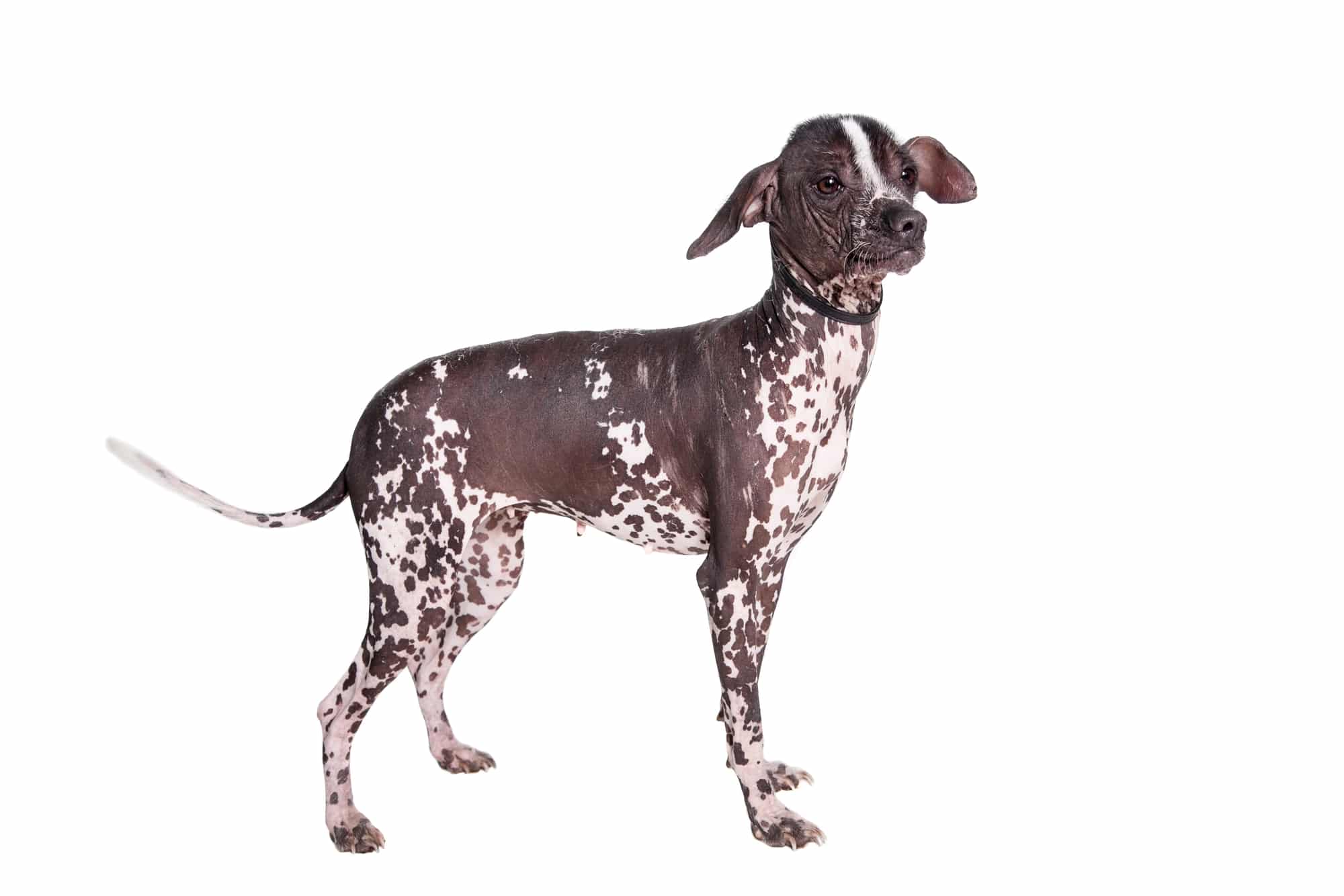
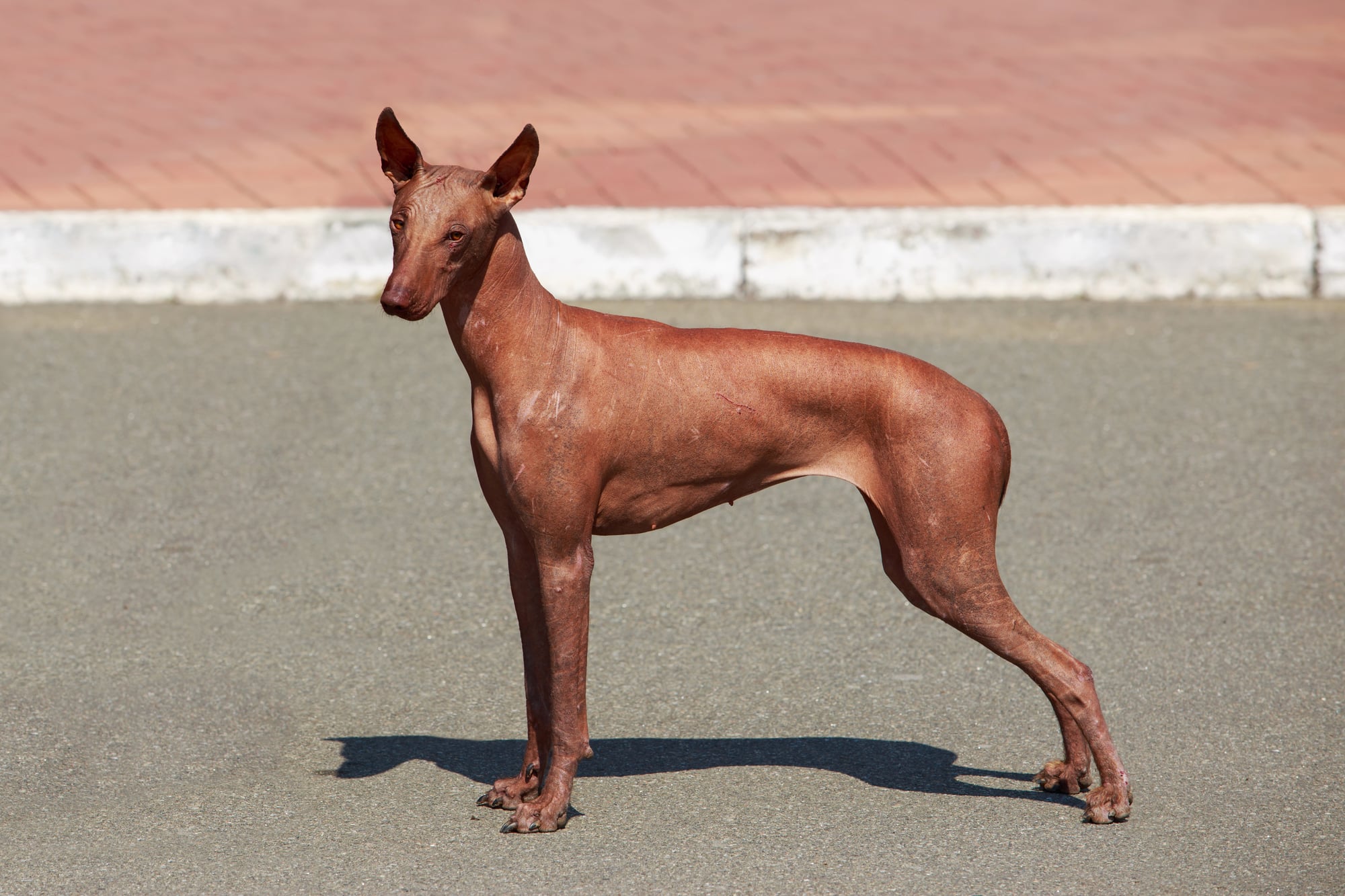
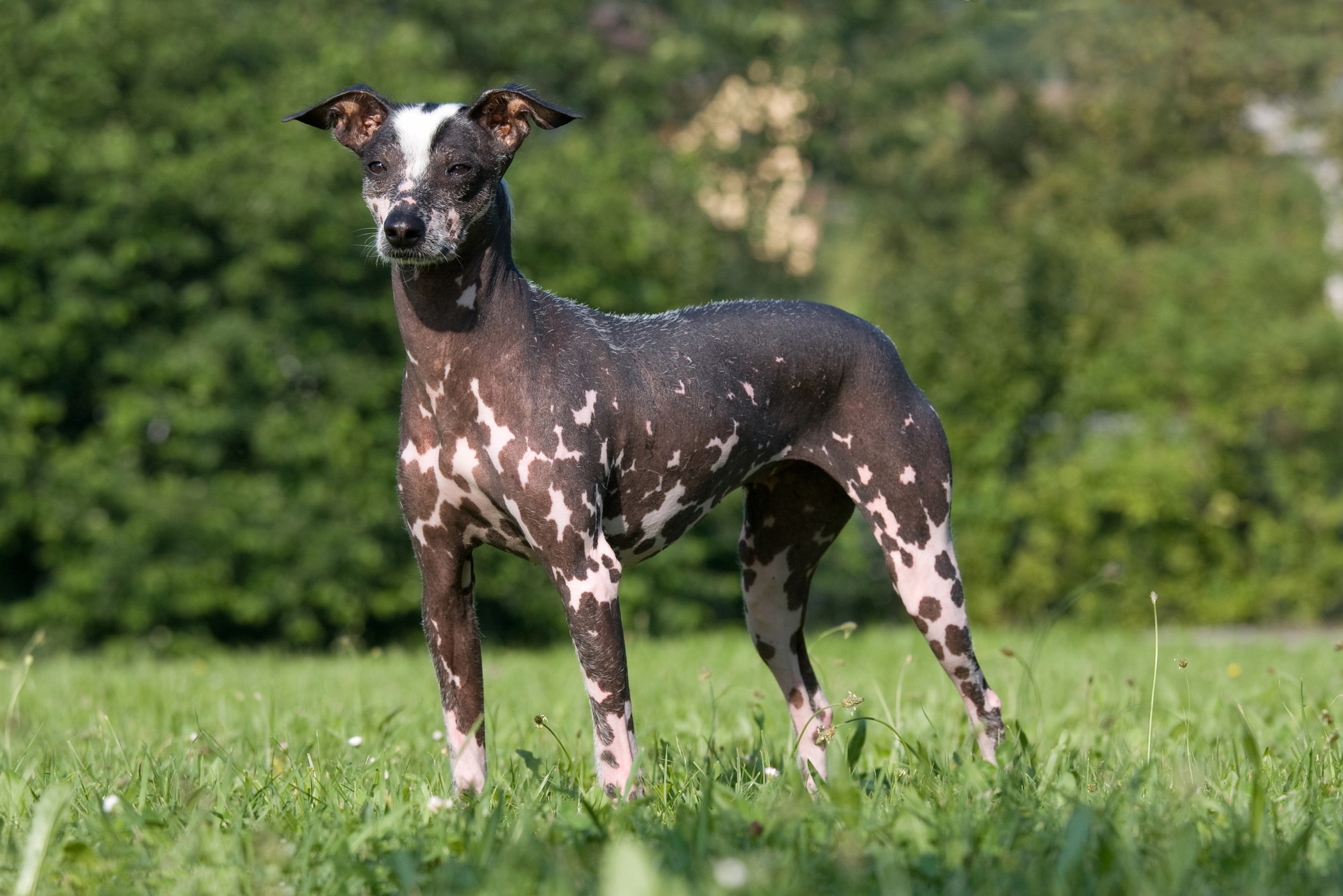
Temperament:
The Peruvian Hairless Dog is one of the rarer dog breeds in our part of the world. The breed is also called "Viringo" in South America. The intelligent and affectionate dog belongs to the medium-sized dog group. This also makes it an excellent house dog with many advantages. However, the Peruvian Hairless Dog is certainly a four-legged friend that causes a stir. As I said, you don't often see a dog without fur in this country. This special and eye-catching appearance is sometimes that certain something that makes this breed special.
Characteristics
The most striking feature of the Peruvian Hairless Dog is its lack of fur. However, these dogs do not have to be completely naked. Some species of this breed have tufts of fur on their head and tail.
The animals are very slender and have a graceful build. These dogs come in different colors: black or white, brown, grey, tan or pink. They are solid, bicolored or tricolored and can also be spotted, pied or striped. These graceful-looking animals can concentrate well, have a strong protective instinct and are lively.
The Peruvian Hairless Dog is fast and very athletic. Another typical characteristic of this breed is the incomplete dentition that most representatives of this breed have.
They are very adaptable and easy to train. These animals are therefore also suitable for beginners. They are very affectionate and are initially skeptical and reserved towards strangers.
Nevertheless, these dogs are very social and usually only need a certain period of getting to know each other. These dogs also generally get on well with children and cats. A well-socialized representative of this breed will never be fearful or aggressive. These dogs, which have an average life expectancy of 9 to 15 years, are also suitable for allergy sufferers.
Coat care:
Shedding:
Energy level:
Trainability:
Children suitable:
The right food
When choosing food, make sure that it contains high-quality ingredients, is balanced and meets your dog's requirements. Age, size or weight, activity and health status play an important role. You should follow the manufacturer's recommendations for the amount of food.
Treats should only be fed in moderation and deducted from the basic diet to avoid obesity.
Puppies can be fed 4-6 times a day. The number of meals should be gradually reduced to 2 per day until the dog is fully grown. A rest period should be observed after meals.
Fresh drinking water should be available at all times.
Health & Care
Skin care is particularly important for this breed. They must not be bathed too often, otherwise the skin can dry out too much. Only a pH-neutral, mild dog shampoo should be used for bathing. To counteract the drying out of the skin, the dog can be rubbed with coconut oil.
In summer, these dogs also need effective sun protection. You can use a baby sun cream with a high sun protection factor or put a T-shirt on your four-legged friend. This is particularly recommended on the beach and in the garden.
Otherwise, care is the same as for all other dog breeds. Make sure that the claws do not get too long. Check their ears and teeth regularly. The teeth must be brushed regularly.
Another advantage of the hairless breed is that parasites such as ticks and fleas are easy to detect. In addition, hairless dogs are not necessarily known as a magnet for ticks and the like.
Suitable accessories
In addition to the food bowl and water bowl, you will definitely need a lead. It is best to use a wide collar, which is also popular with greyhounds. It is even better to lead your four-legged friend on a harness. You should always have claw nippers, cloths to clean the ears, a mild dog shampoo and coconut oil to hand. Your dog also needs a dog basket or dog mat as a place to retreat to, tick tweezers, a toothbrush and toothpaste for dogs, a transport box for transportation in the car and a first aid kit. It's best to ask your vet what should be in the first aid kit.
You should also think about keeping your pet busy. These dogs like to learn tricks quickly. They like to play frisbee and are also very talented at agility or dog dancing. Therefore, appropriate toys should be available when they move in.
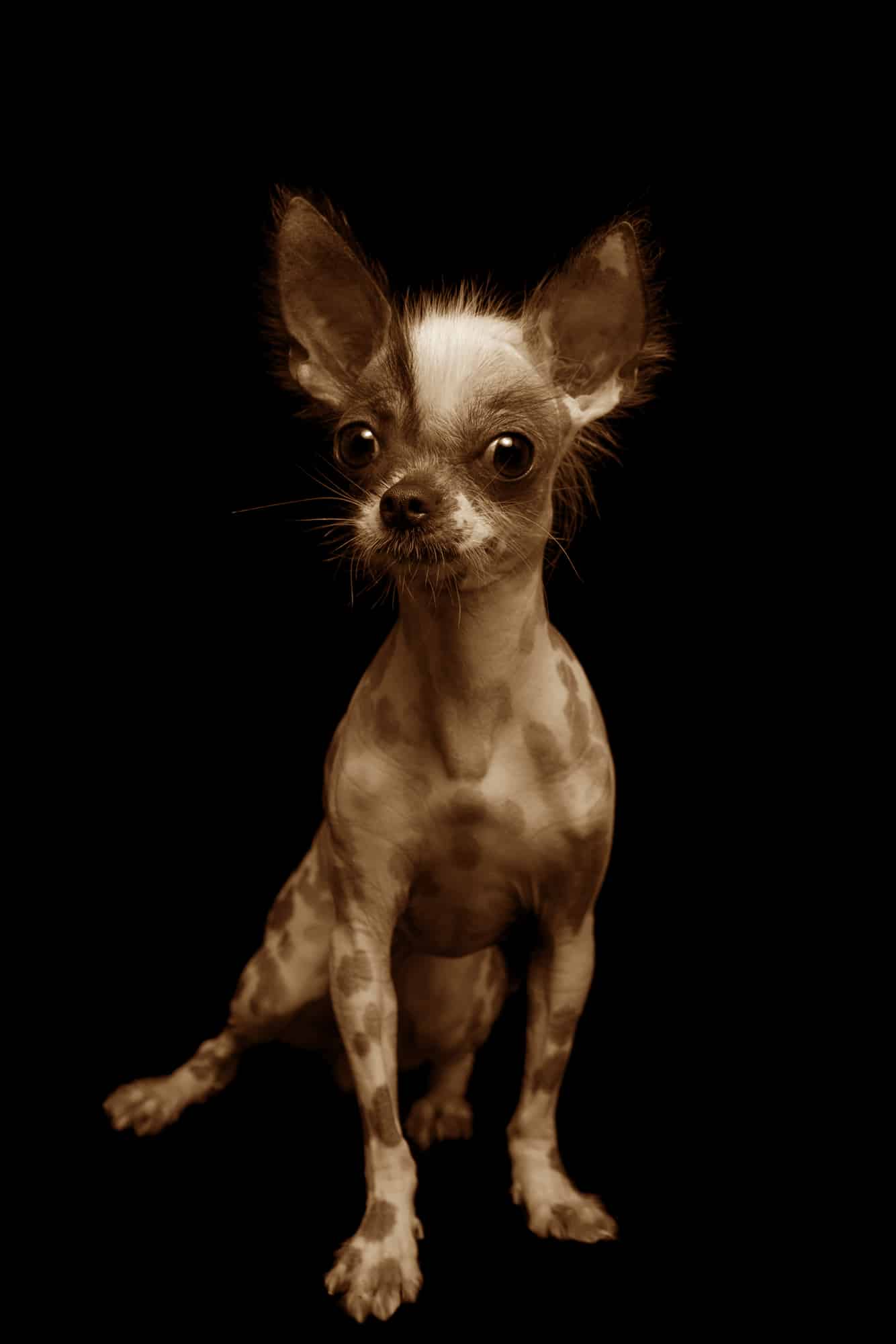
Origin & History
The origin of this breed is not exactly clear. However, it is assumed that these dogs have been around for more than 3,000 years. Excavations and finds from the Moche culture already show images of this special breed of dog. These first finds can be dated to around 750 BC.
The naked dogs were also considered a status symbol of the wealthy Incas. They were revered and worshipped. The reason for this was that a magical and mystical aura was attributed to this breed of dog. For example, the Peruvian Hairless Dog was said to have a healing effect on joint pain and bone diseases.
What is certain, however, is that it is a noble and exceptional breed of dog - then as now.
